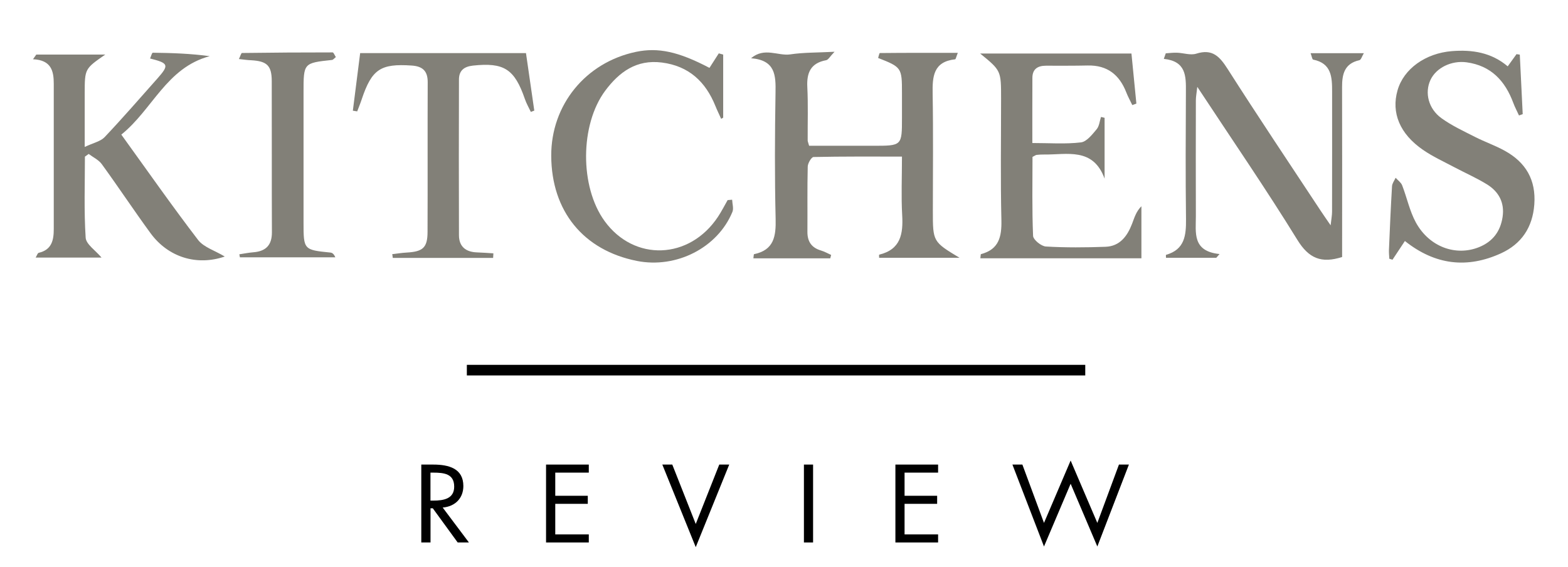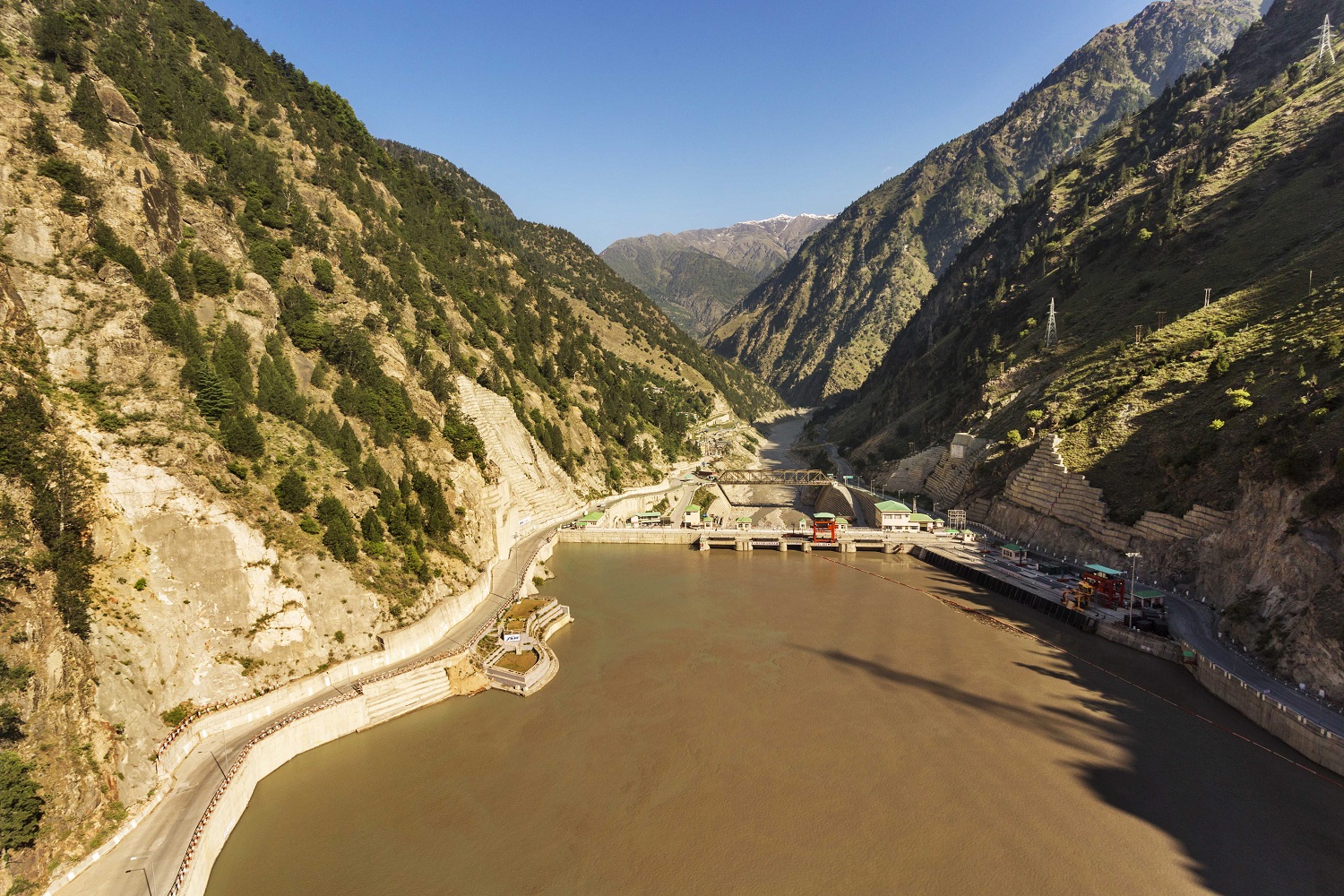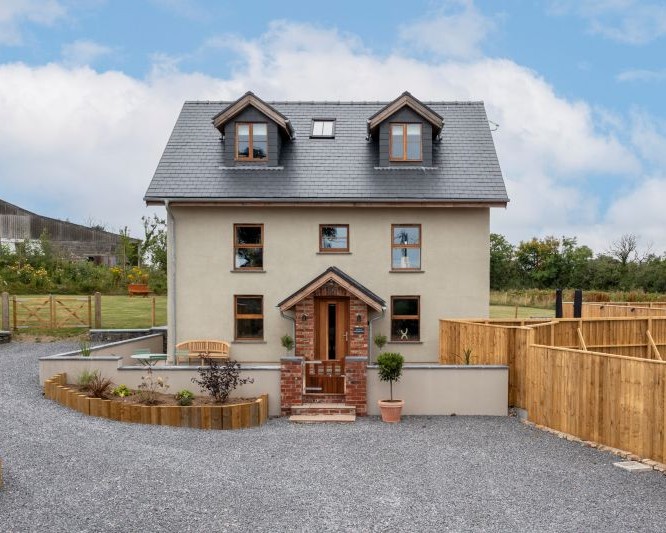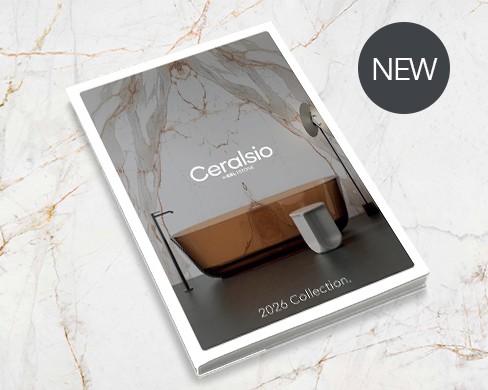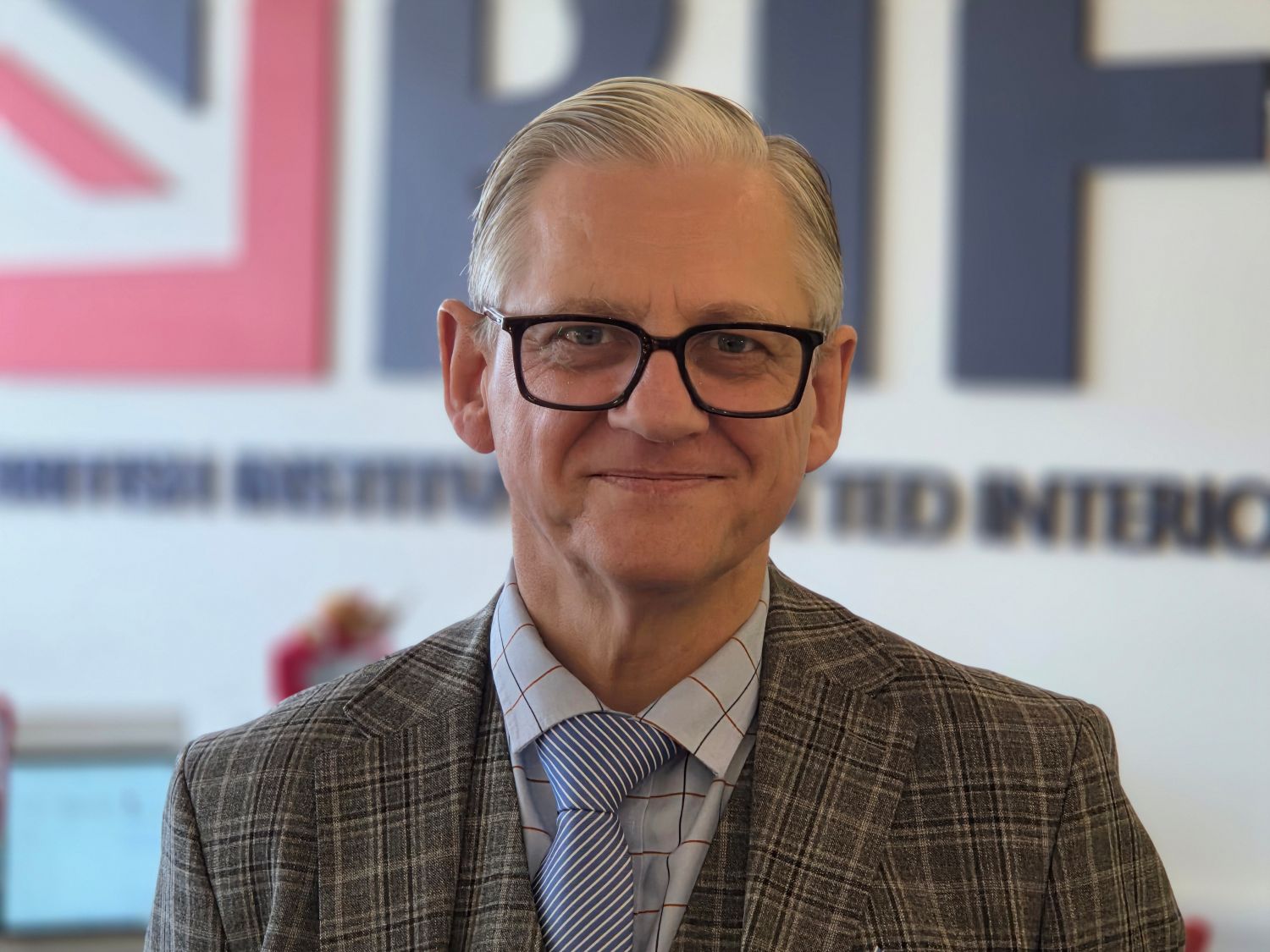Becoming carbon neutral by 2020 has been a strategy for GROHE – in its “principles and guidelines for sustainability”, the company has pledged to continuously improve all products, processes and services in terms of protecting the environment and conserving resources.
Since then, GROHE has been able to increase its energy efficiency by 24% and reduce greenhouse gas emissions by 40%, far exceeding its sustainability targets set new industry standards,
With the aim of becoming the first manufacturer of the sanitary industry to achieve carbon-neutral production by 2020, GROHE has once again stepped up its pledge. In July, as part of the “GROHE goes ZERO” initiative, all five production plants worldwide as well as the logistics centres in Germany were converted to run on green electricity. With the start of the new fiscal year in April 2020, the sanitary manufacturer will offset unavoidable CO2 emissions through two compensation projects.
“More than ever, manufacturers like GROHE are in demand to take on responsibility and strive towards more sustainability,” says Thomas Fuhr, CEO Grohe AG. “For years now, we have been investing not only in research and development in order to produce intelligent, sustainable solutions but also to a large degree in a resource-saving value chain. With GROHE goes ZERO, we are now setting an example for the entire industry: We are actively addressing the CO2 challenge by increasingly avoiding emissions and, if this is not possible, compensating for them.”
The sustainability initiative is seamlessly linked to numerous measures that are taking place at the GROHE plants, promoting the long-term reduction of the carbon footprint and conserving resources: The brand has invested in block heat and power plants, was awarded the silver certificate by the German Sustainable Building Council for the plant extension in Klaeng, Thailand, and built a state-of-the-art test laboratory in Hemer, Germany. GROHE also uses advanced technologies that increase sustainability, such as the material-saving 3D metal-printing process which has been launched this year.
As a result, GROHE has been able to increase its energy efficiency by 24% and reduce its greenhouse gas emissions by around 40% since the introduction of its sustainability programme in 2014. This means that the global brand has already far exceeded its 2021 targets of 20% respectively.
GROHE Supports Two Water Projects in India and Malawi
Supporting two offsetting projects is another logical step for GROHE to compensate for so far unavoidable CO2 emissions: In the north of India, the operation of a hydroelectric power plant replaces electricity that mainly comes from coal-fired power plants. In the African non-coastal state of Malawi, a project repairs and maintains boreholes that are used to produce drinking water. With the help of selected offset projects, GROHE will support activities based on extremely stringent criteria, such as the Gold Standard, developed under the aegis of the WWF. In addition to avoiding CO2, the measures also contribute to a more sustainable, ecological and social development within the projects’ environments.
“With GROHE goes ZERO, we are further expanding our leading position as one of the most sustainable brands in the sanitary industry,” says Thomas Fuhr. “But at the same time, we have by no means reached all of our sustainability goals; we can and must get even better.”
GROHE has received various sustainability awards such as the German Sustainability Award. GROHE CEO Thomas Fuhr was recently awarded for his commitment to sustainability by the corporate network B.A.U.M., the German Environmental Management Association.
